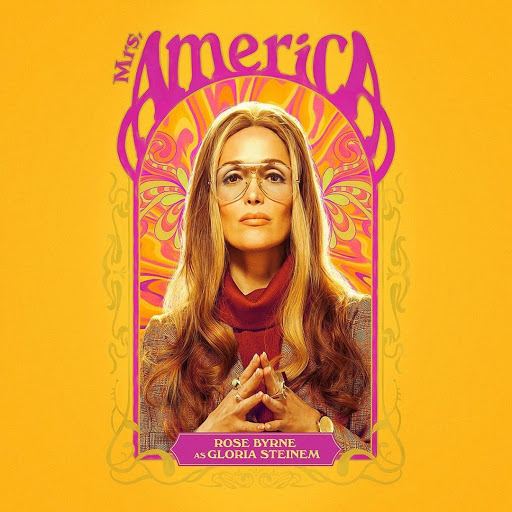The pandemic has shown us how a lot of things we took for granted actually work. From the economy to handwashing, stuff we thought we'd got our heads around turns out to be significantly more nuanced once a couple of the pillars that prop up our specific variation on society are taken away.
Take public health messaging. To the degree that I'd even contemplated it prior to March, I'd always assumed that it a was a fairly simple thing. The science declares something to be a health risk and identifies a solution to mitigate this risk. Said solution is communicated to the public and the efficacy of the solution, along with its communication, is judged on results. Rinse and repeat.
But we're in the middle of a constantly evolving public health crisis where the science looks from the outside to be a literal can of worms. While we know a hell of a lot more than we did a few months ago, there isn't a simple solution that can be communicated beyond the broad strokes (keep your distance, wear masks, wash your hands, etc). That's fine for periods of full lockdown, but what about other times? How do you nuance the message when nuance is impossible?
The UK government has handled this crisis appallingly, that is beyond dispute, but we shouldn't forget that managing this situation is a really really hard job that I wouldn't wish on anyone.
Take, for instance, the new "rule of six" for England and the local lockdown for my city of Birmingham.
The rule of six is fairly simple. You can meet with no more than 5 other people at one time and should limit the number of groups you partake in as much as possible. This can be indoor and outdoors in private or public places.
Birmingham's local lockdown keeps the rule of six for public places, such as parks or pubs, but removes it for homes and private gardens where you can only have immediate family or those within your bubble. So when Andy pops over tomorrow for a chat he can't come into our garden but we can go and sit in the park.
When people hear these rules they immediately look for cases that make the rules seem absurd or wrongheaded. A common one for the local lockdown is that socialising is OK as long as there's a till. Your friends can come over to your house as long as you pay them to do the washing up. The rules appear to prioritise economic activity over human interaction.
The logic of keeping businesses open is actually pretty sound. Workplaces, shops and venues have to be Covid-secure in order to trade or they are breaking the law. Health and Safety rules apply to workplaces. They do not apply to homes, which also tend to be smaller and, in my experience, less well ventilated. Gardens also tend to be smaller. We have a pretty standard long, thin terrace garden and while we can distance while sitting down, moving around it is very different to moving around a park.
But since national lockdown ended a significant amount of government messaging has been about restarting the economy, culminating in the drive to get people back to their city centre offices, to save those shops and services that trade off the daily commute and lunch hour. "Save Pret" is, of course, not really about the minimum-wage jobs in cookie-cutter sandwich shops. It's about land value and returns on investment.
I don't think this is just about a few rich people becoming slightly less rich. Our economy is pretty much built on the value of land, and that value has arguably been inflated to an uncomfortable level. If the value of a building is based on how much rent it can extract, and if no businesses can justify paying that rent, then the value will drop.
If London property values start to drop, all that foreign money that sees a West End mansion as a nice little earner will up sticks and leave. Prices drop further and a pillar of the British economy starts to vanish. Yes, we need a corrective on house prices, but the population has been told for the last few decades to put their money in bricks and mortar. They might be able to lose a bit but a dramatic fall in land value would wipe out millions of pensions.
When I've visited places I used to live in the 80s and 90s I'm always amazed at how many more cafes and sandwich shops there are. The 40 year history of the prepacked sandwich industry is a fascinating one leading to an £8bn annual turnover in 2017. I'd be fascinated to see what proportion of the price of a sandwich goes towards rent. When a Pret closes because there's no customer traffic the staff can get another low-paid, low-skill job, the food suppliers can find other customers, but the landlord cannot charge the same rent.
I don't think we have particularly good economic literacy in this country. I say this because I'm in my 40s and I've only recently figured a lot of this out. If, as a country, we did understand how it all fits together we might realise why "save Pret" is actually a pretty sound piece of messaging. But we'd also understand that the way we've allowed our economy to be constructed is not necessarily ideal in the long term.
I wouldn't go so far as to say we've been lied to, because conspiracies have a bad rep these days, but we've certainly been told a fraction of the full story. We're told that property values will increase so it's worth investing in them, which means there's an incentive for property values to increase and so on. But we aren't told why and what the implications are for this economic model. Are there other things we could invest in? Why are we investing at all? What is investment for? Isn't there another way we could be organising this stuff? (cf)
But we don't ask these questions because we don't have the intellectual tools. What we can comprehend is what we see, and that's the government saving their friends' investment portfolios.
The danger is that these two messages, getting back to work and local lockdown rules, are conflated because they're both based on disciplines that seem mystical and counter-intuitive to the layman – mid-pandemic epidemiology and neoliberal economics.
If you want to get a few million people to do a thing quickly and effectively you need a clear, simple message with no nuance.
You can see how this was never going to be smooth.









